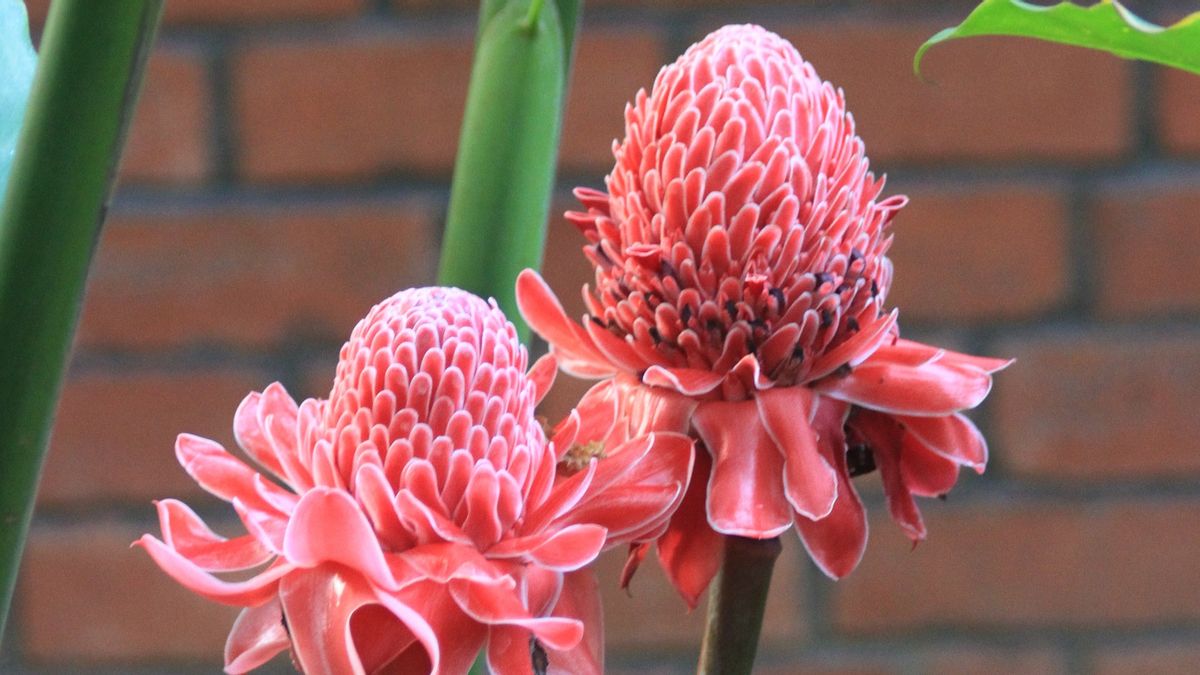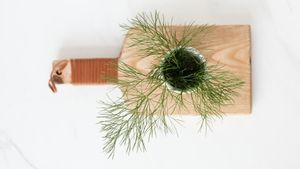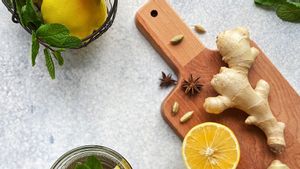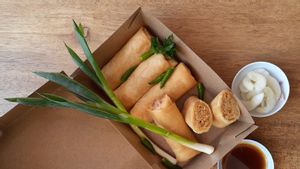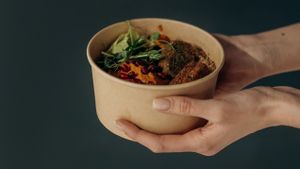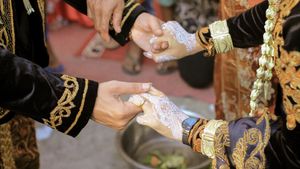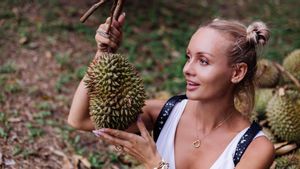JAKARTA – For those of you who like culinary arts, of course, you are no stranger to sambal matah or tuna shredded torch ginger. Plants with the scientific name Etlingera eliator, known to be popular with kecombrang are often used as ingredients for typical Indonesian cuisine.
No half-hearted, kecombrang plants are used for traditional medicine, ranging from flowers, leaves, stems, to the roots.
Kecombrang belongs to the Zingiberaceae family that grows widely in Indonesia. The flowers are often used to add flavor to dishes. While the leaves are used as an ingredient for tamarind vegetables, and the stems are processed with meat-based foods.
Not only in cooking, but essentially, kecombrang flowers are also formulated into soaps, shampoos, and perfumes.
Well, every part of kecombrang contains compounds that are beneficial for health. The vitamin content and benefits of kecombrang include the following.
Kecombrang flower
Citing research published by the Center for Research and Development of Traditional Medicinal Plants Tawangmangu, Agency for Health Research and Development, the Indonesian Ministry of Health, kecombrang flowers contain flavonoids, terpenoids, saponins, and tannins.
Flavonoids are useful as antioxidants, antibacterial, antiviral, anti-inflammatory, and anti-allergic. Kecombrang is known by several names in various regions. In North Sumatra it is called kencong or kincung, in Sunda, it is known as honje, and in Bali it is called bongkot.
SEE ALSO:
Kecombrang leaves
Kecombrang leaves taste sour because they contain chlorogenic acid, saponins, and flavonoids. This means that the benefits as antioxidants are also found in the leaves.
Rhizome kecombrang
The roots are rhizome-shaped, the content of compounds in it include saponins, tannins, sterols, and terpenoids. The active substances of saponins and tannins are also useful in dealing with body odor.
Besides the benefits of kecombrang based on the part of the plant, from the Indonesian Food Data reported by Hallo Sehat, Saturday, August 21, 100 grams of fresh kecombrang contains the following nutrients:
- Water: 90 grams
- Calories: 34 kcal
- Protein: 0.9 grams
- Fat: 1.0 grams
- Carbohydrates: 6.7 grams
- Fiber: 2.6 grams
- Calcium: 60 milligrams
- Forfor: 16 milligrams
- Potassium: 650.6 milligrams
- Total carotene: 73 microgram
- Riboflavin (Vitamin B2): 0.02-milligram Niacin (Vitamin B3): 0.8 milligram
From the complete information contained in the kecombrang, in 2011 a study was conducted that proved that kecombrang helps to ward off cell damage in the body due to cancer cells, especially against breast cancer cells.
Quite useful right? So, the most delicious way to process kecombrang? There are various ways to process it, the simplest can be steamed and mixed with other high-fiber vegetables into urap or pecel.
The English, Chinese, Japanese, Arabic, and French versions are automatically generated by the AI. So there may still be inaccuracies in translating, please always see Indonesian as our main language. (system supported by DigitalSiber.id)
